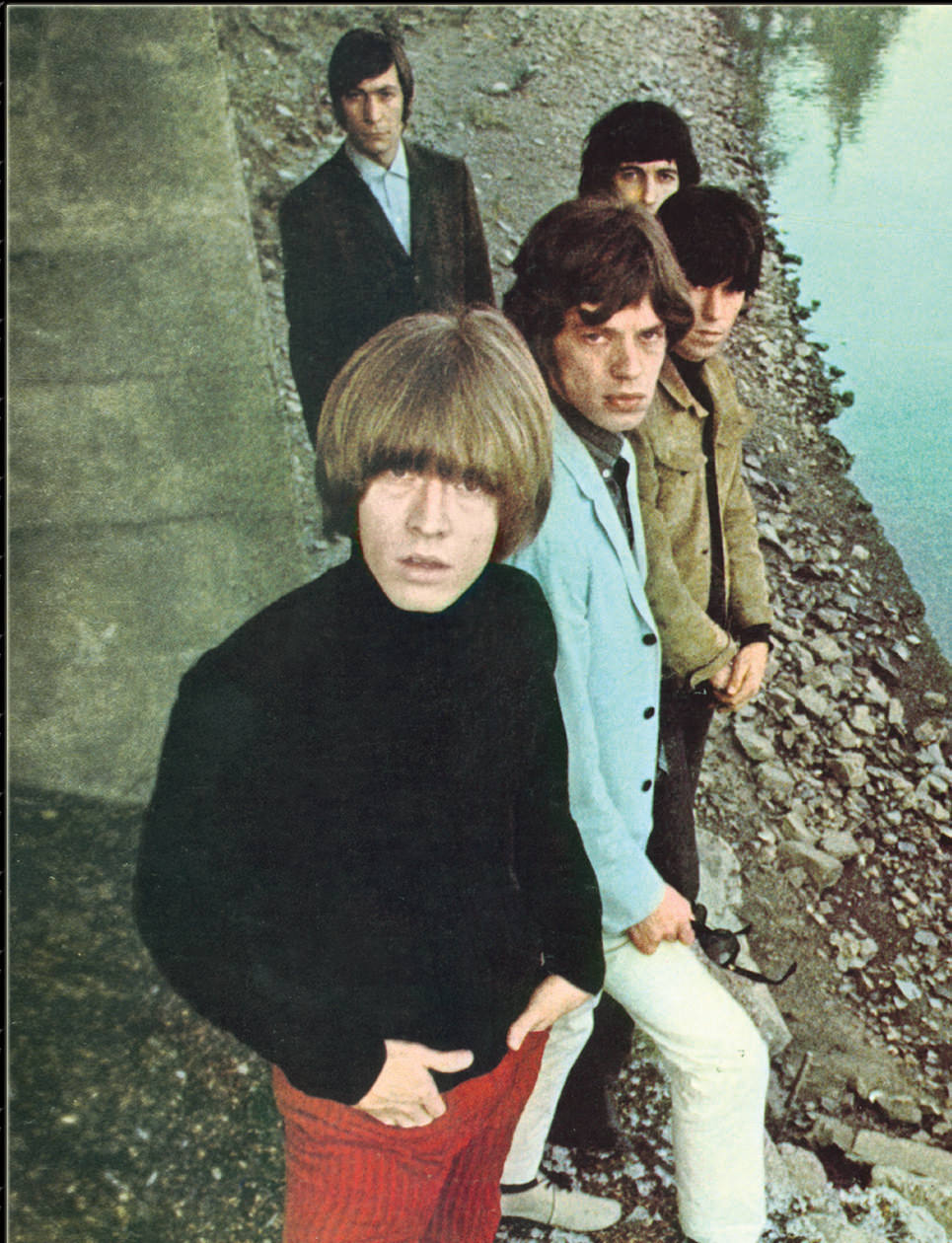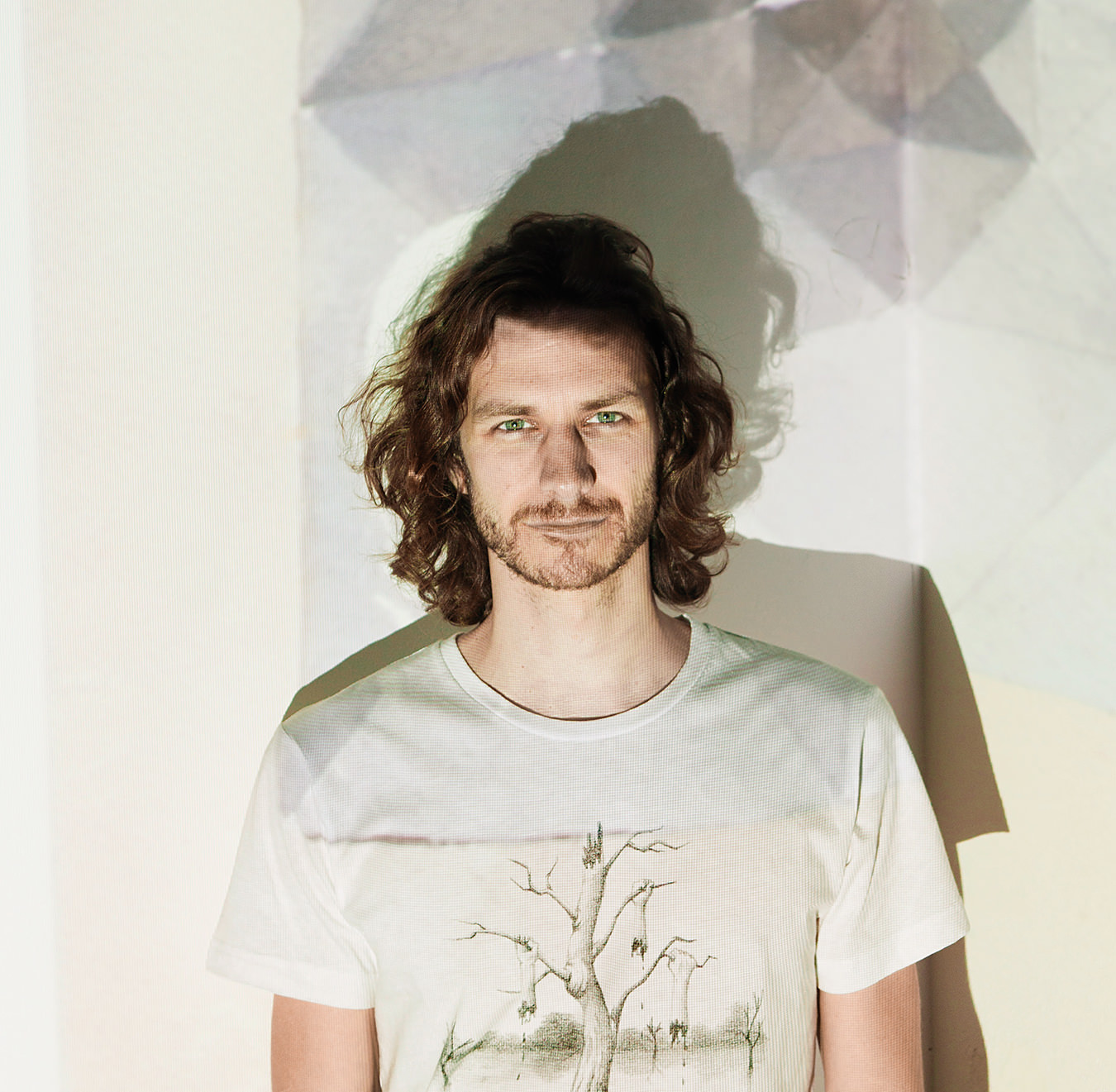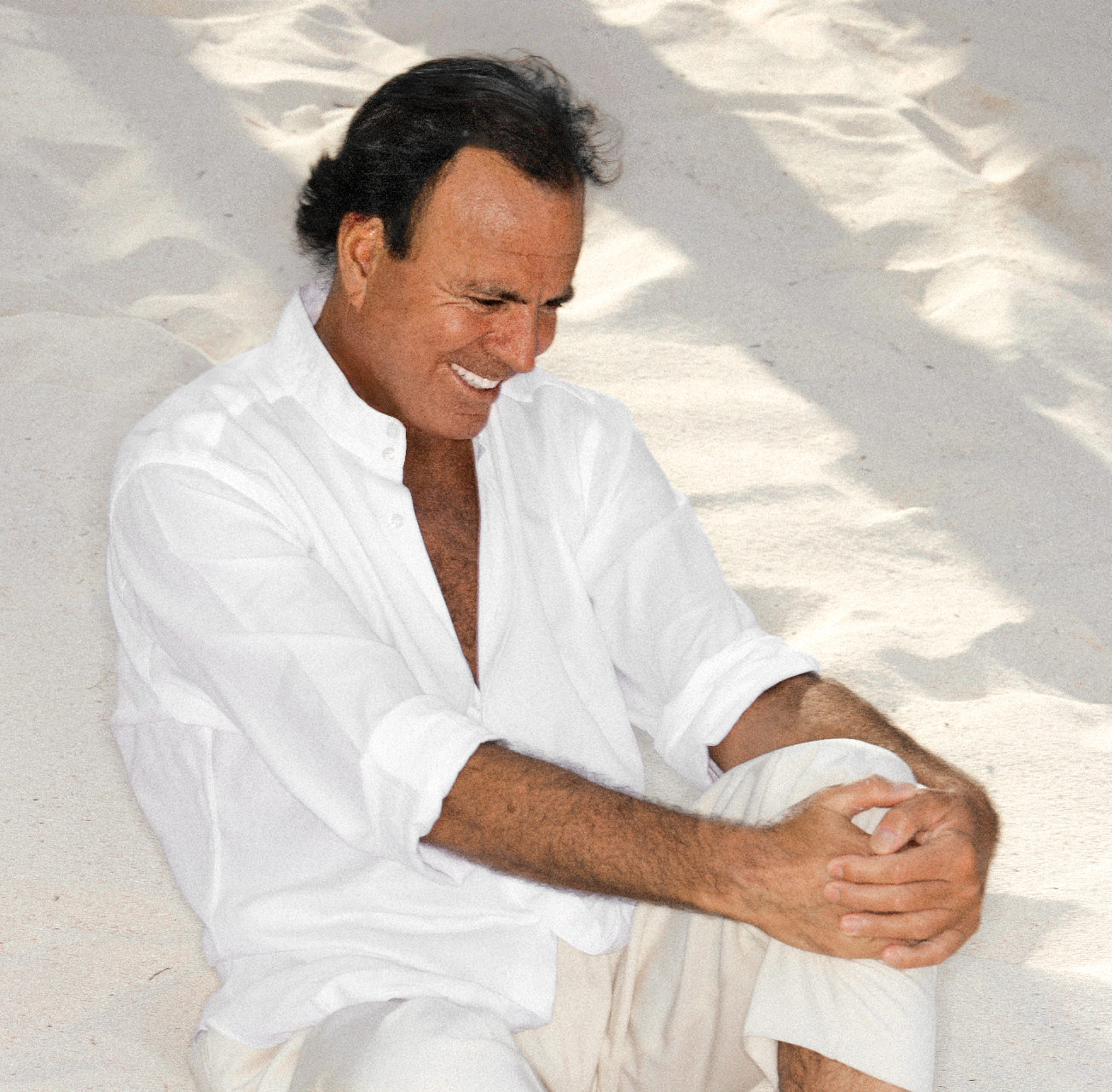Killer Tunes: Music as the Main Character in Horror Films
A look back at beloved movie soundtracks from the ‘90s.
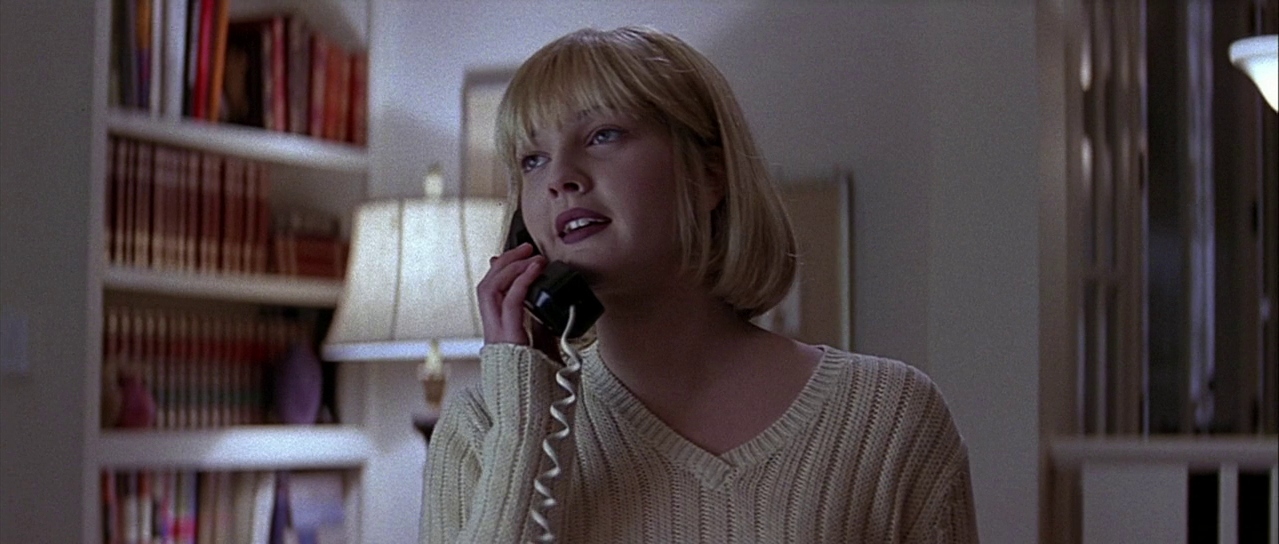
Nick Cave and the Bad Seeds’ “Red Right Hand” is synonymous with Scream. In one scene, the song’s gothic bells and jaunty melody ring through Woodsboro as town residents race home for curfew after a string of murders: “You’ll see him in your nightmares, you’ll see him in your dreams,” Cave growls. “He’ll appear out of nowhere, but he ain’t what he seems.” Featured in the other instalments of the franchise, too, the song was always perfect for scary movies: its title even borrows a line from John Milton’s “Paradise Lost” that refers to “divine vengeance.”
Scream, Kevin Williamson’s 1996 self-aware satire, plays with classic horror clichés and ended up revitalizing a half-dead genre. Its success led to a surge of teen horror through the rest of the decade and into the new millennium. Along with making scream queens of young stars like Neve Campbell, Jennifer Love Hewitt, and Sarah Michelle Gellar, many of these movies (as well as others in the canon before Scream), are accompanied by brilliant needle drops that appealed to youth audiences then and still contribute to their enduring impacts.

Scream (1996).
Part of what makes them so good is intentionality. Scream, by design, is filled with it. For 1997’s I Know What You Did Last Summer, director Jim Gillespie and cinematographer Denis Crossan kept to a moody blue colour scheme. Pat Devin, a real Wiccan, was an on-site consultant for cult-classic The Craft—which also came out in 1996, a few months before Scream—and helped write the incantations. That approach, one where all the choices and details carry meaning, also apply to the soundtrack, with credit to the music supervisors Ed Gerrard (Scream), Alex Steyermark (I Know What You Did Last Summer), and Ralph Sall (The Craft).
Music, of course, is an important supporting character to any film: it sets mood, helps articulate story, and highlights nuance. Particularly in scary movies, soundtrack and score also serve to build tension and dread, turning up the audience’s emotions and making those scares even more visceral.
There are the classic instrumentals, like John Carpenter’s chilling piano progressions from Halloween, but there’s something about the right lyrics that articulates suspense like nothing else.
Many ’90s horror soundtracks feature alternative rock, metal, and punk music. Metal and horror have long been connected, sharing themes of darkness and brutality. Lines can also be drawn to the era’s rise of alternative rock and grunge, with lyrics and melodies that express generational feelings of ennui and angst that naturally pair well with scary movies, particularly of the teen variety. It’s a reflection of the musical landscape of the time, as well making for thoughtful choices for a scene. In I Know What You Did Last Summer, a drunk Barry (Ryan Phillippe) cranks the car stereo to The Mighty Mighty Bosstones’ “Wake Up Call.” The song is hardcore and feels, appropriately, reckless—Barry is swigging from a bottle, whooping and standing up through the sunroof as the car speeds around winding cliffside corners before hitting the fisherman crossing the road.
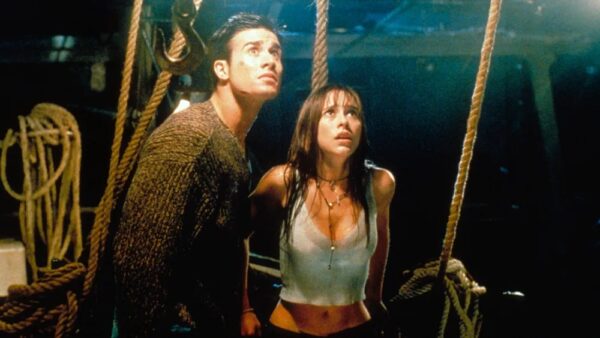
I Know What You Did Last Summer (1997).
Electronic music (specifically that atmospheric Portishead-Sneaker Pimps-Virgin Suicides Air kind that feels dreamy, pensive, and dangerous) grew in popularity through the ’90s and made well-placed appearances on many soundtracks of the era. Again in I Know What You Did, it’s heard just before Helen (Gellar) fights to her death, as “2Wicky” by Hooverphonic echoes through the speakers of her family’s boutique. The track is haunting as is, and even more so as it floats in the background before suddenly cutting out (1998’s sequel, I Still Know What You Did Last Summer, is, notably, predominantly electronic and industrial, featuring artists like Esthero, Orgy, and Lamb).
Soundtracks are at their best when used cleverly, especially when serving as a smart foreshadow or comment. Scream does this beautifully when Gus Black’s acoustic cover of Blue Öyster Cult’s “Don’t Fear the Reaper” plays after Casey (Drew Barrymore) is disembowelled in the opening scene—and we meet Sidney (Campbell) and her boyfriend, Billy (Skeet Ulrich), talking about their relationship in her bedroom. As author Jeff Smith puts it: “While the title itself invokes the Reaper as a popular symbol for death, the film presents us with an actual person, who not only dresses as the Grim Reaper but also unleashes homicidal vengeance on the other characters of the film. The irony here, of course, is that Billy himself proves to be one of the film’s dual slashers and is, in fact, the ‘Reaper’ to be feared.”
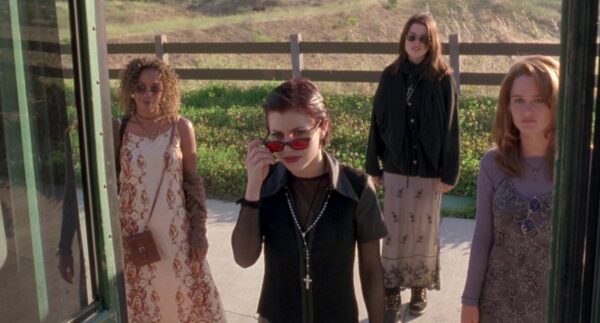
The Craft (1996).
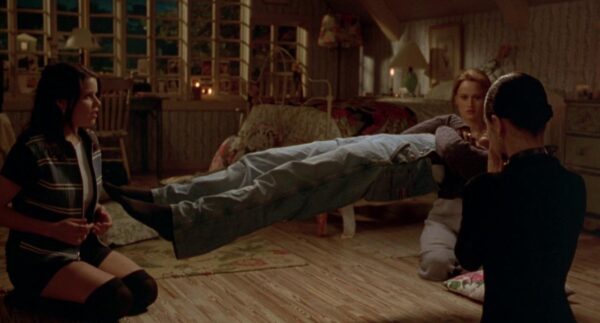
The Craft (1996).
In The Craft, the music gives an inner voice to the struggles faced by the four girls, outcast teen witches Bonnie, Nancy, Rochelle, and Sarah (Campbell, Fairuza Balk, Rachel True, Robin Tunney). “Sick Child” by Siouxsie and the Banshees plays softly as Bonnie, whose body is covered in burns, prays to all-powerful deity Manon to “take my scars.” Letters to Cleo reimagine The Cars’ “Dangerous Type,” which scores a montage of the girls strutting through school and casting spells—a reflection of their sisterhood, as well as the pain and spirituality that bonds them. Featuring artists including Jewel and Juliana Hatfield, the soundtrack also mirrors the story’s underscore of female empowerment.
Some soundtracks are so strong they stand on their own as a compilation album. One such example is The Crow. Released in 1994, the film has rock roots—inspired by James O’Barr’s 1989 comic of the same name, in which the author references Joy Division and Iggy Pop. Producer and music supervisor Jeff Most recruited artists like Nine Inch Nails, The Cure, and Rage Against the Machine to score the story of a resurrected rock star seeking revenge on the gang responsible for murdering him and his fiancée—the accidental on-set death of star Brandon Lee added another layer of darkness, and pivotal tracks were submitted in consideration of the tragedy, like Jane Siberry’s “It Can’t Rain All the Time” and Stone Temple Pilots’ “Big Empty.”

The Crow (1994).
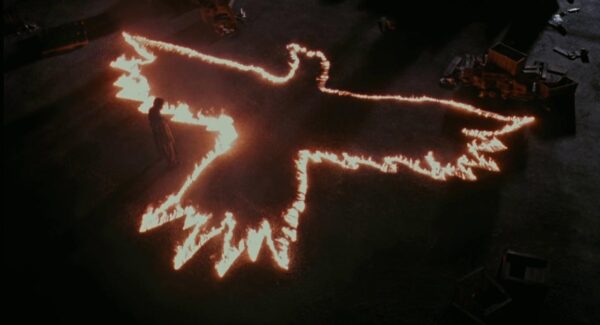
The Crow (1994).
Haunted and heavy, and gorgeously so, the soundtrack combines different eras and subgenres, and features B-sides, covers, and lesser-known tracks—and, as Helmet frontman Page Hamilton reflected, made a unifying statement in alternative music.
During the film’s run, the Los Angeles Times noticed a trend. “It looks as if teen fans are rushing out of theaters showing the Brandon Lee action movie The Crow and heading straight to record stores.” The Crow’s soundtrack went to No. 1 on the Billboard 200 chart and has sold nearly four million copies.


